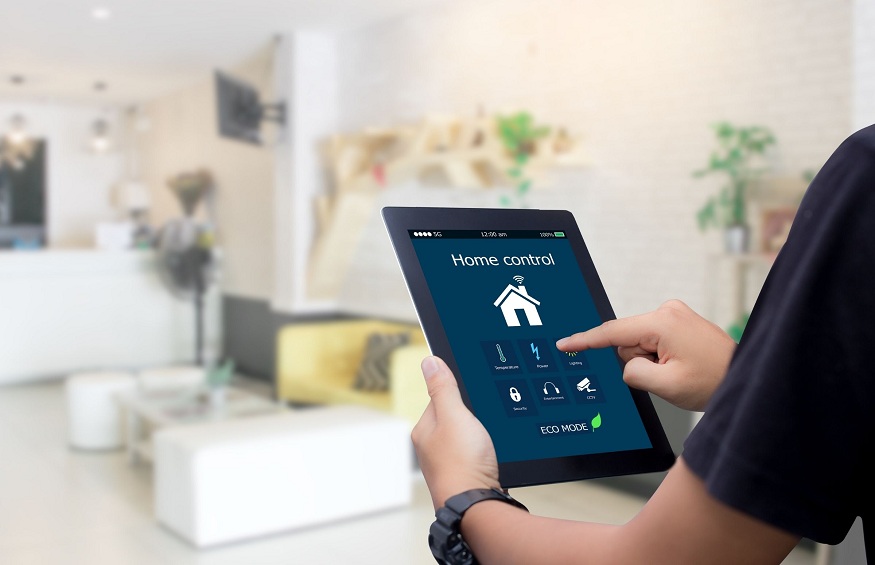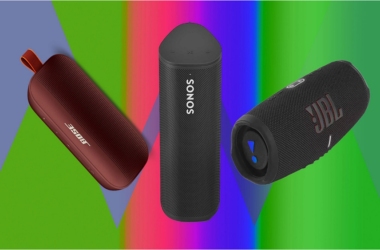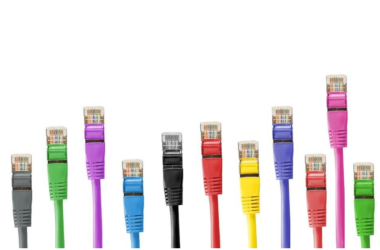Smart Homes are on their way to becoming the new normal across the globe. From their various advantages like remote control, automation, energy-efficiency as well as security, we can understand why more and more homeowners choose to switch to smart home living. Call it the new age.
For homeowners,it is obviously an exciting feat to be buying smart devices and setting up your smart home. Devices like smart thermostats, smart lights, door locks, sprinkler controllers and so many more are the go-to devices, and obviously, there are many more within the Smart Home catalog. But in order to run your smart home smoothly, there must be wireless protocols in place otherwise it doesn’t work that way.
Is there one protocol or are there more options for homeowners to choose from? Here’s a breakdown of 3 of the most commonly used and the top protocols that would be ideal for smart homeowners.
1. Wi-Fi
What is Wi-Fi protocol? We all are very well aware of Wi-Fi because who doesn’t know or have one network in their home? Wi-Fi is probably the basis of what runs our entire day. Sending messages, video calling friends across the globe, uploading assignments, playing online gaming, or even streaming movies online – all require Wi-Fi connectivity. But what it can also do is connect to smart devices around your home, which allows you to access your devices from their mobile applications or a web browser.
So here’s the great part about Wi-Fi protocol. It is super easy to set up since it uses the existing internet connection to spread Wi-Fi signals around and does not require any additional hub. To extend signals, homeowners can add more routers.
There is one thing though, the more devices that are connected to the Wi-Fi the more traffic it can cause on the network bandwidth, so really not all devices connected to the Wi-Fi network would work seamlessly.
2. Z-Wave
How the Z-Wave protocol works is that it uses a mesh network that turns individual smart and internet devices into nodes. That means regardless of whichever brand the device belongs to or software a particular device uses, they all become standardized and follow one implementation method. It makes each node a transmitter for further extending signals. The Z-Wave does however require a central hub to serve as a source, and to which all devices would be connected.
This protocol method provides coverage to a greater area but operates on 0.9GHz, making it the slowestamong the wireless protocols available. But the problem also lies in the fact that it costs a lot to set up a Z-Wave protocol. And the fact that each node acts as a transmitter, however, Z-Wave only allows a maximum of 4 ‘hops’ – by ‘hops’ we mean the signal can travel only through 4 devices to get to a particular device.
3. ZigBee
ZigBee just like Z-wave uses a mesh network, except its frequency is at 2.4GHz. But unlike the Z-Wave it is an open standard; by that, it means that the implementation to each individual device can be altered to your liking unlike how Z-Wave standardizes one implementation method over all devices. Although that is great in terms of each device maintaining its individual implementation, this also ends up in problems in compatibility. That means within the one network, separate mesh networks could be formed and can cause hindrance in the performance of each connected device.
Given that ZigBee is an open standard, there is no limit to the number of ‘hops’ within the network, and while that may sound amazing since it means the hub can support hundreds of devices, there are bound to be signal reading issues by the time it reaches a particular device.
Conclusion
So how do you pick the right protocol for your home? Each of the above 3has its pros and cons, and you would find that in smaller households, people resort to their simple Wi-Fi network to work in their Smart Home. Then again, like all protocols, even Wi-Fi has its limitations. That’s why you would find that in commercial or manufacturing spaces with hundreds and thousands of smart devices installed around the property, people prefer ZigBee protocols to handle the mass installations.
Therefore, before venturing into the Smart Home market, maybe take some time to list down what particular devices you would require for your space. Even if there arearound 15 or 20 devices, Wi-Fi would be good enough but does not guarantee seamless connectivity – that depends entirely on the router coverage and the bandwidth of the plan that you may have subscribed to. The next best option for a domestic level would be the Z-Wave protocol because regardless of the limitations it brings forth, it may providemore stable connectivity to your smart home.

Infographic Created by Clover, Effortless POS System Solutions for Your Business





